What is the market size of waste heat recovery system (WHRS) in India? How much market share does cement sector commands?
The waste heat that is recovered from other industrial sources/processes, are commonly found to generate steam and connected to a generator for generating electricity primarily in Cement processing, Iron and Steel processing, Petroleum Refining and Chemical processing, etc. The total estimated energy generation potential from waste heat in India across various industrial sectors is around 5,000 to 7,500 MW, according to a report published by Ministry of New and Renewable Energy. According to industry sources, the waste heat recovery potential in the Indian cement industry alone is close to 750-1,000 MW, indicating huge opportunity for the adoption of WHR system. As per the recent industry estimates, there are over 250 large cement plants in the country; only 70 percent of the cement kilns have adopted WHR systems, rest are setting up the plants in the next 3 to 4 years’ time period. It is observed that the installation of WHR system in China is over 80 percent, ahead of India. Most of the cement manufacturers in India have captive power plants to meet their power demand. The reason for opting captive power generation is to lower the cost of power generation. Waste heat recovery based power plants is one such example and are now emerging as an excellent value addition to the existing captive power plants. Other than reducing energy costs significantly, it can also be a reliable source of power.
There is a strong demand for WHRS from cement manufacturers. Can you please brief us the advantages of WHRS for cement manufacturers?
The inclusion of Combined Heat and Power (CHP)/co-generation system in the Cement industry by the utilization of hot exhaust gas from the production lines primarily focuses on reducing the operating cost. The heat from the hot stream is recovered using Heat Recovery Steam Generators (HRSG) or Waste Heat Recovery Boiler (WHRB) for the generation of superheated steam that can be used in process heating (co-generation) or to drive a steam turbine (combined cycle).
According to Industry Sources, nearly 35% of the heat is lost in a Cement plant, primarily from the preheater and cooler waste gases corresponding to around 70 to 75 MW of thermal energy. This energy can be tapped by installing a Waste Heat Recovery based Power Plant (WHRPP). The Waste Heat Recovery System (WHRS) in cement plants, uses the heat generated through rotary kiln preheater (PH) and after quenching cooler (AQC) exhaust hot gases for power generation. Waste heat recovery is not only the cheapest source of energy but it also reduces carbon footprint. The use of waste heat recovery system is equally important for environmental protection, by lowering the quantity of fossil fuels burnt for the same quantum of useful energy, thereby reducing the cost. The installation of WHRPP reduces the generation of carbon dioxide. For example, in a 6000 tonnes per day (tpd) plant, around 70,000 tonnes per annum of CO2 can be reduced.
How receptive are the price conscious India Inc for WHRS?
The adoption of WHRS in cement facilities in India has a long way to go. Despite the fact that it incurs high initial cost of investment, the concept of WHRS has slowly picked up across the country. According to Industry Sources, the average cost of a WHRPP is approximately Rs. 8-10 crore per MW. The benefits of WHR system include carbon footprint reduction and PAT (perform achieve trade) benefits, and cost benefits with reduction in cost per unit. The operating cost of a Thermal power plant is about Rs. 4 per unit, and WHR based power plant can bring it down to Rs. 0.5 per unit.
What are the challenges you face right from design to final commissioning of WHRS in India?
As a manufacturer of Steam turbines, the selection and design of the suitable machine for the WHR application are the key challenges faced in the Cement industry. The inlet steam pressure to turbine in such application is at low pressure and further low pressure steam is injected to the turbine at LP stages.
Please take us through the technological development taking place in WHRS?
The requirement of cement WHR depends on the cement kiln capacity, heat utilization, and plant efficiency. Triveni Turbines is associated with cement WHR for many years now and has executed numerous prestigious projects with leading cement manufacturers in India and abroad. Triveni Turbines has developed efficient “Injection condensing turbines” that use medium pressure steam as turbine inlet and low pressure as injection steam. With the addition of 7th generation turbine blades developed by Triveni, power generation output is more for input steam parameters or gas parameters.
Please share with us a few key cement plants where your WHRS are deployed?
We have supplied steam turbines for WHRS projects to most of the major cement manufacturers having plants spread across India.
What are the policies and regulatory changes require to propel WHRS? How can the government assist in WHRS growth?
In India, the MNRE has set a target of 175 GW of renewable power capacity by FY 2022. As per the CEA's strategy blueprint, the country is aiming for an even more ambitious target of 57% of the total electricity capacity from renewable sources by FY 2027. According to the 2027 blueprint, India aims to have between 275 to 350 GW of electricity from renewable energy by FY 2027. The Combined Heat and Power (CHP) system or Co-generation system generates electricity or mechanical power with lower carbon emissions compared to conventional power generation systems (fired using fossil fuels). Thus, CHP systems/technologies are widely preferred for captive power generation using thermal renewable energy sources, such as the Waste Heat. The waste heat that is recovered from other industrial sources/processes is commonly found to generate steam and electricity in Cement processing, Iron and Steel processing, Petroleum Refining and Chemical processing etc.
As per the Industry Sources, the demand for cement in the construction industry drives production, and is thus an important determinant for cement due to high energy consumption and CO2 emissions. Waste Heat Recovery System (WHRS) makes economic sense for most of the cement companies to operate as it enables greater energy security, (capability to meet 20% of the power requirement), and ensures compliance to regulatory policies (push towards use of minimum 5-10% renewable/WHR energy in several states in India). The energy conservation guidelines for Waste Heat Recovery and Usage is issued to various industry groups covering standard and target components of equipments based on the inputs from various stakeholders and as perrecommendations of the technical committee constituted by Bureau of Energy Efficiency (BEE), a statutory body under Ministry of Power, a Government of India undertaking.
In India WHRS is in a nascent stage. What role your organization is playing to create more awareness about WHRS?
Triveni turbine is present in the industrial steam turbine industry for captive power generation application for over 5 decades. Our Sales personnel are in constant touch with the industry experts, prominent customers/prospects gained over the years and have raised awareness on our product developments, efficiency aspects; cost benefits, environmental benefits, etc, through direct interaction, exchange of case studies, virtual meetings, article publication in industry/trade magazines and so on.
What are your growth plans for your WHRS vertical?
Triveni turbines plays the role of a power generation partner by supplying and installing efficient steam turbines by cater to the entire gamut of the size of WHR exist in the Cement industry (from small to large units, having various sizes of WHRS) through its injection condensing turbines manufactured in it state-of-the-art manufacturing facilities located in Bangalore. We expect an order booking growth of around 10-15% per annum from this vertical.


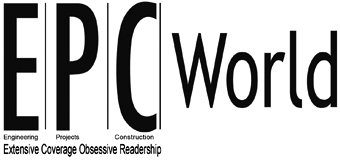


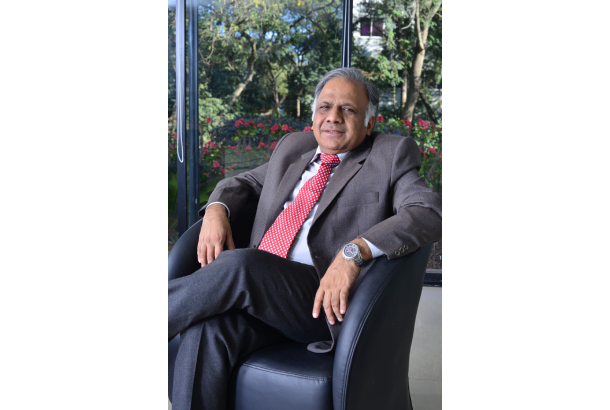


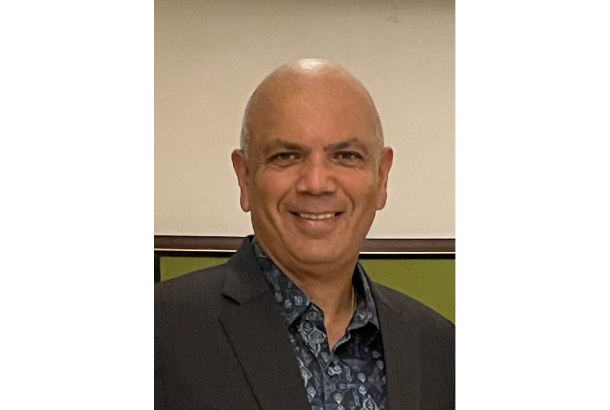
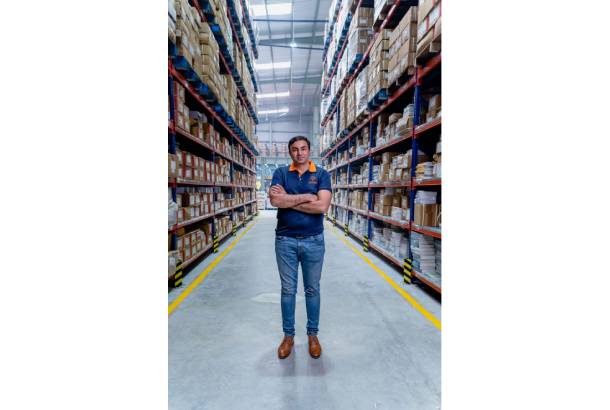
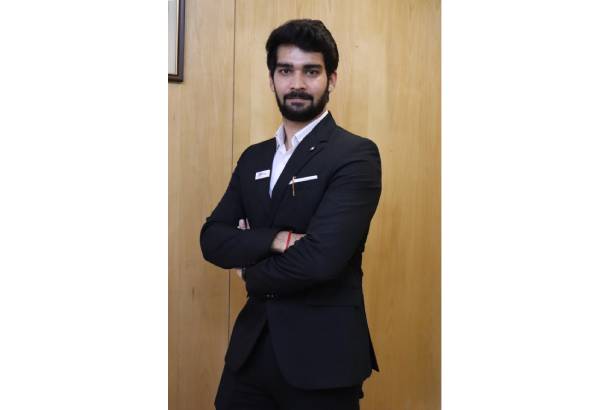




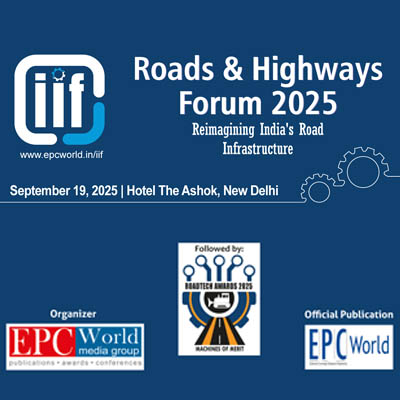

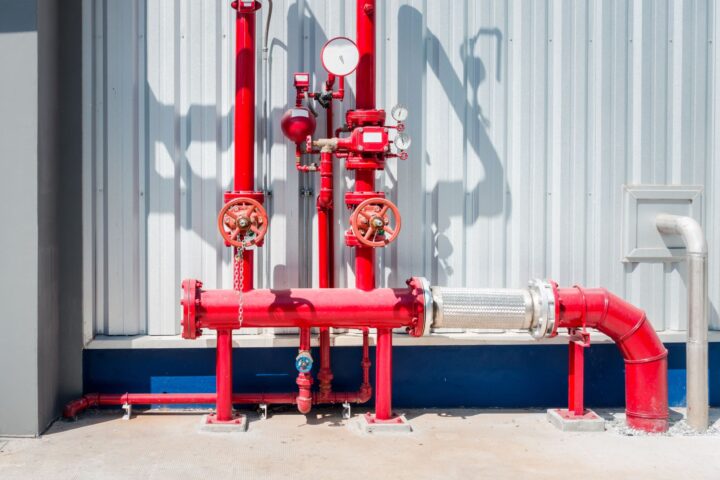
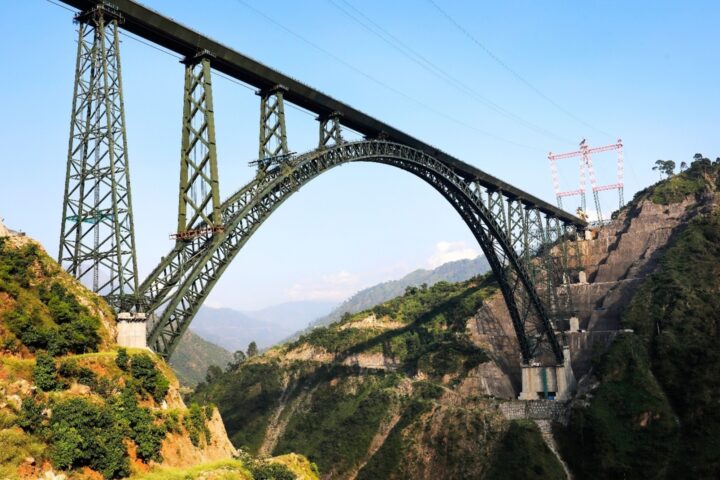
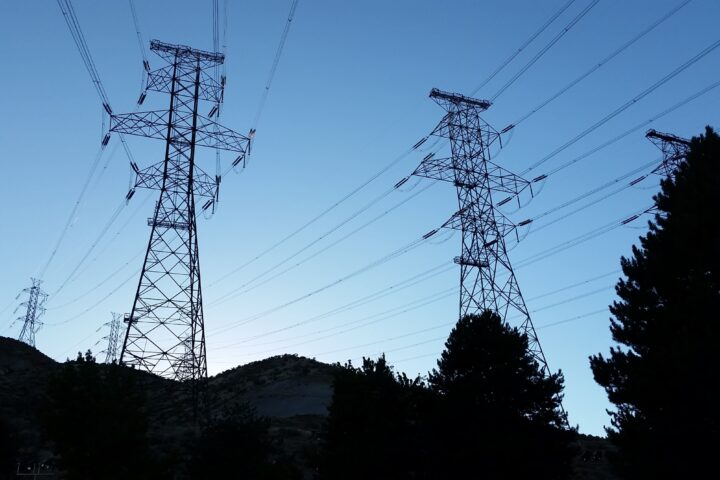
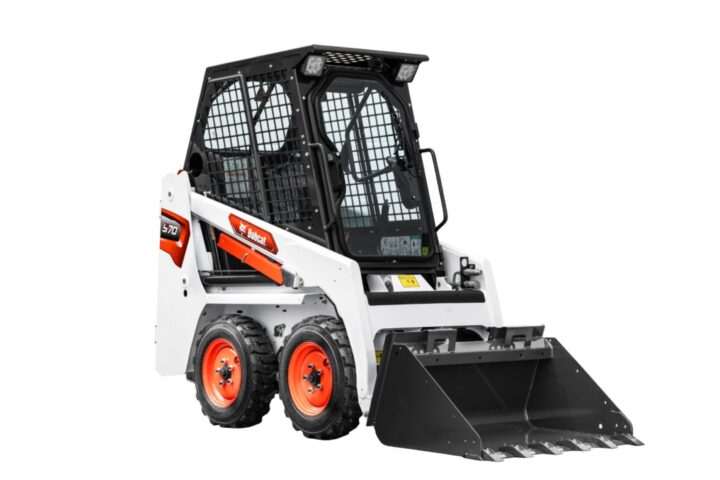

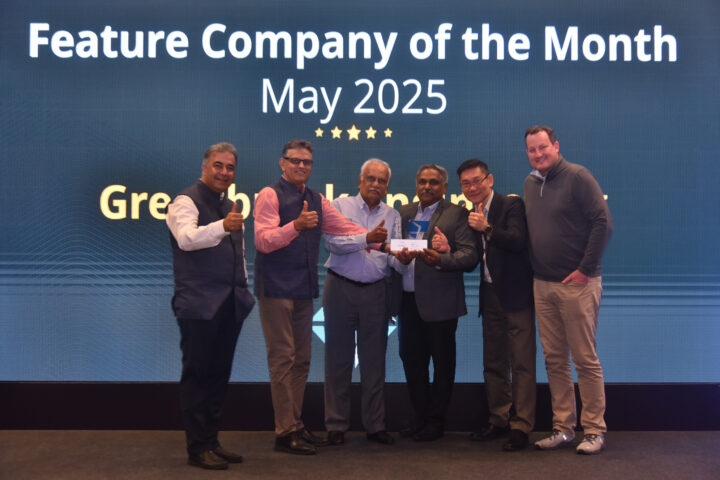
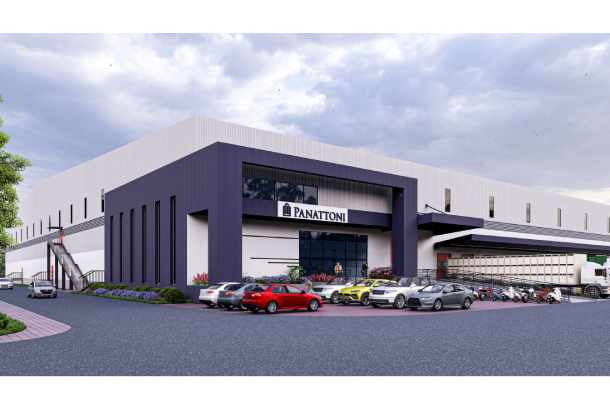
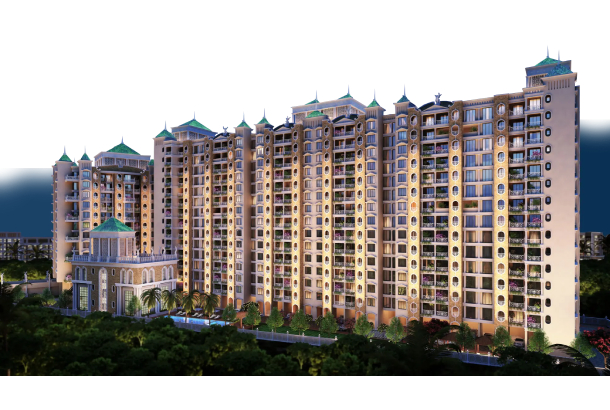
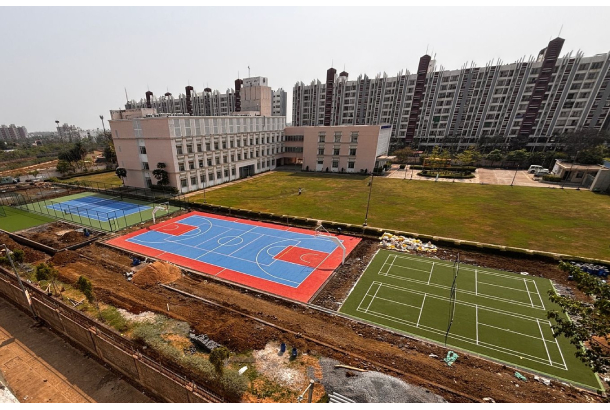

Follow